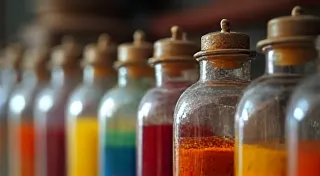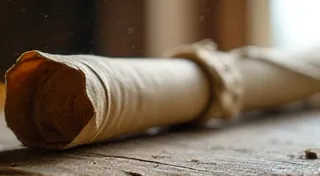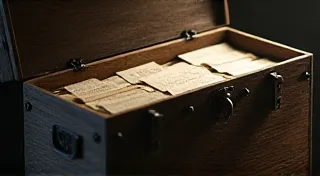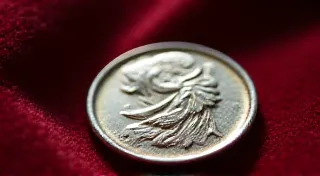The Ghost in the Gearbox: Memory & the Ethics of Camera Resurrection
There’s a unique scent that clings to antique film cameras – a melange of aged leatherette, dried lubricants, and the subtle, almost forgotten aroma of photographic chemicals. It’s a scent that transcends mere materiality, acting as a potent olfactory time machine, instantly transporting you to a different era. Holding a vintage camera isn't just handling a machine; it’s holding a vessel – a tangible link to photographers who captured moments we’re only privy to through their images. But what responsibility do we bear when we choose to breathe life back into these silent witnesses? Beyond the meticulous cleaning, the careful lubrication, and the skillful replacement of broken parts, lies a deeper consideration: the ethics of resurrection.
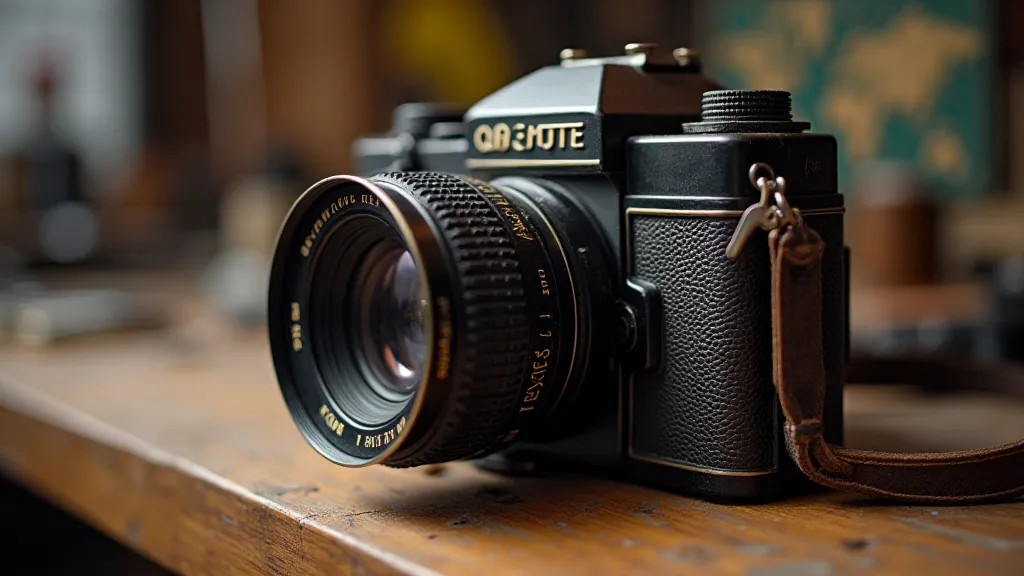
Echoes in the Mechanism
Consider the stories held within a Minolta Autovon. Perhaps it documented a young couple's honeymoon in the Italian Riviera, the grainy black and white frames capturing sun-drenched piazzas and the joyous laughter of strangers. Or imagine a battered Rolleiflex, passed down through generations, its lens having framed countless family portraits, graduations, and quiet moments of everyday life. These cameras aren’t inert objects; they are repositories of human experience. They’re the visual diaries of individuals and families, silent testimonials to moments lived and lost.
The cameras that survive – the ones that find their way to restorers and collectors – represent a selective history. Many succumbed to neglect, were discarded, or lost to the relentless march of obsolescence. The ones we now hold are survivors, each carrying a faint but persistent echo of its past. To restore one is to acknowledge that past, to become a temporary custodian of its narrative.
The Craft of Preservation: More Than Just Mechanics
The mechanical restoration itself is a craft demanding patience, skill, and a profound respect for the original design. These weren’t built to last forever, but they *were* built with an attention to detail and a quality of materials largely absent in modern, mass-produced goods. Rebuilding a vintage Leica M3, for example, involves a delicate ballet of disassembling hundreds of tiny components, identifying worn or broken parts, and reassembling them with near-surgical precision. It's a process that demands more than just technical expertise; it requires a visceral understanding of how the camera *should* function, a feel for the subtle nuances of its internal workings. Often, diagnosing issues can be tricky, almost like solving a mechanical puzzle. Sometimes the problem isn's purely mechanical at all, but a subtle quirk in the film path or a light leak causing unexpected results. It’s these unexpected problems that can make the process as much an art as it is a science, and it's not unusual to face issues like aperture's lament, diagnosing and addressing light leaks in vintage cameras.
But the true artistry of restoration extends beyond the mechanical. It involves making choices: should a heavily scratched lens be painstakingly polished, risking damage to its coating? Should a faded bellows be replaced with a modern equivalent, or painstakingly repaired using traditional methods? Each decision carries a weight, impacting the camera’s authenticity and character.
My first major restoration project was a Yashica Electro S, a quirky and beautifully designed single-lens reflex from the 1960s. The light meter was completely unresponsive, the focusing screen was cracked, and the leatherette was peeling. It took months of painstaking work, scouring online forums for parts, and experimenting with different repair techniques. But when it finally sprang back to life – the shutter clicking with renewed vigor, the rangefinder focusing with crisp clarity – the feeling of accomplishment was profound. It wasn't just that I had fixed a machine; I had revived a piece of history.
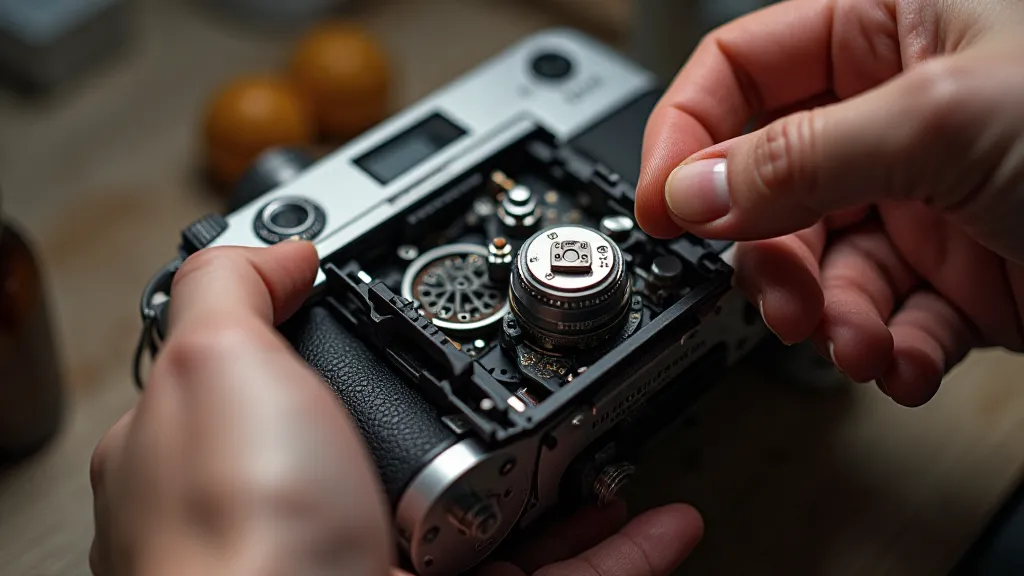
The Ethical Tightrope: Authenticity vs. Functionality
The most challenging aspect of camera resurrection lies in navigating the ethical considerations. How far is too far when striving to return a camera to full functionality? Is it acceptable to replace original parts with modern equivalents, even if it improves performance? Does modifying a camera diminish its historical significance?
There's a philosophical debate to be had about what constitutes "authenticity." A pristine, untouched camera may be historically valuable, but it's often unusable. A fully restored camera, with replaced parts and modern enhancements, may function flawlessly, but at what cost to its original character?
My own approach is to prioritize functionality while respecting the camera's original design. I strive to replace missing or broken parts with original components whenever possible, even if it means searching through countless online auctions and antique shops. I avoid making cosmetic modifications that alter the camera’s appearance. And I always document my restoration work meticulously, noting any replacements or repairs that have been made. Sometimes, the restoration process requires a broader consideration of technique, particularly when dealing with the chemistry of older films. The resulting images are often a product of carefully considered approaches to photographic process, the ephemeral palette being one key consideration when experimenting with cross-processing vintage film.
Beyond Repair: A Celebration of Time’s Passage
Ultimately, the act of restoring a vintage camera isn’t just about fixing a machine; it’s about celebrating the passage of time. It's about honoring the craftsmanship of a bygone era and preserving a tangible link to our photographic heritage. It's about acknowledging that these cameras are more than just tools; they are witnesses to history, repositories of memories, and enduring symbols of human creativity.
Sometimes, it's equally valid to appreciate a camera in its "patinated" condition – the scratches, the worn leatherette, the faded paint – as a testament to its journey through time. The imperfections tell a story, a silent record of the hands that held it, the places it has been, and the moments it has captured. The beauty isn't always in perfection; sometimes, it's in the echoes of the past, the ghosts in the gearbox.
The process of capturing these images is often a meditative one. The deliberate act of focusing, metering, and composing a shot, free from the distractions of digital technology, can be a deeply rewarding experience. There's a quiet mindfulness that emerges when working with these vintage tools, encouraging a deeper connection to the photographic process – a stillness between frames that allows for a heightened sense of awareness and appreciation for the moment.
Restoring these cameras isn’t just about mechanical skill; it’s about understanding the cultural significance they represent. Many of these cameras were instrumental in shaping the way we see the world, documenting historical events and capturing the essence of human experience. They serve as reminders of a time when photography was a more deliberate and considered practice, a craft that required patience, skill, and a deep understanding of the photographic process. The captured images often hold a power that transcends their technical qualities, offering a window into the past and inviting us to reflect on the passage of time and the enduring power of human creativity. Consider, for example, the potential for telling stories through these forgotten archives – a testament to the silent witness and the documentary potential held within them.
The responsibility of a restorer extends beyond simply repairing a piece of equipment. It encompasses a commitment to preserving a cultural legacy, sharing stories, and inspiring future generations to appreciate the enduring power of photography and the beauty of craftsmanship. This isn’t merely a technical pursuit; it’s a stewardship of history, a celebration of the human spirit, and a testament to the timeless appeal of analog technology.
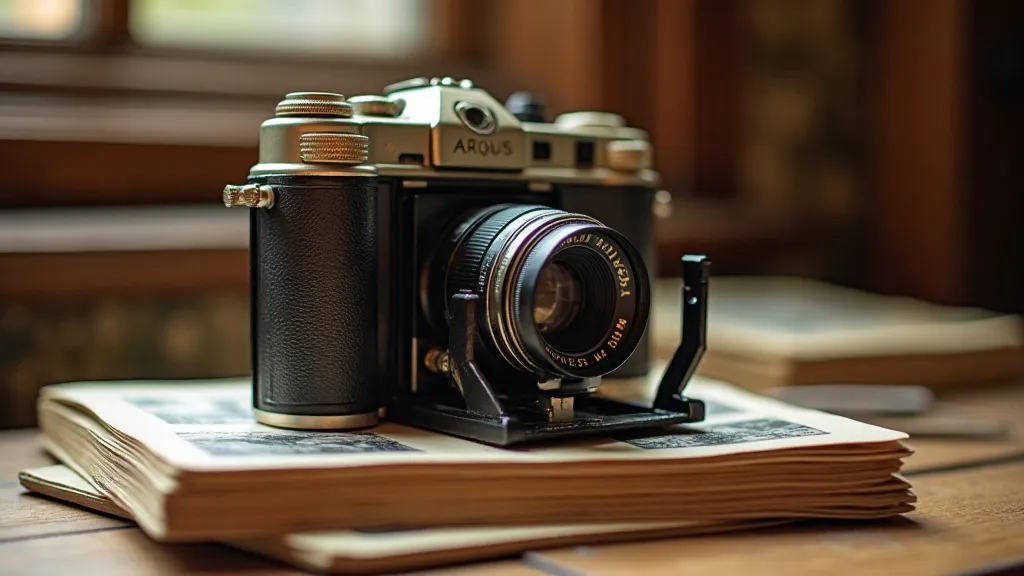
The ongoing care and attention required to maintain these restored cameras reinforces the appreciation for the labor and artistry involved in their creation. Each cleaning, each lubrication, each minor adjustment is a gesture of respect for the original makers and a commitment to ensuring that these cameras continue to inspire and delight for generations to come. It's a testament to the fact that true value isn't always measured in monetary terms, but in the stories they hold, the memories they evoke, and the connections they forge between past, present, and future.
